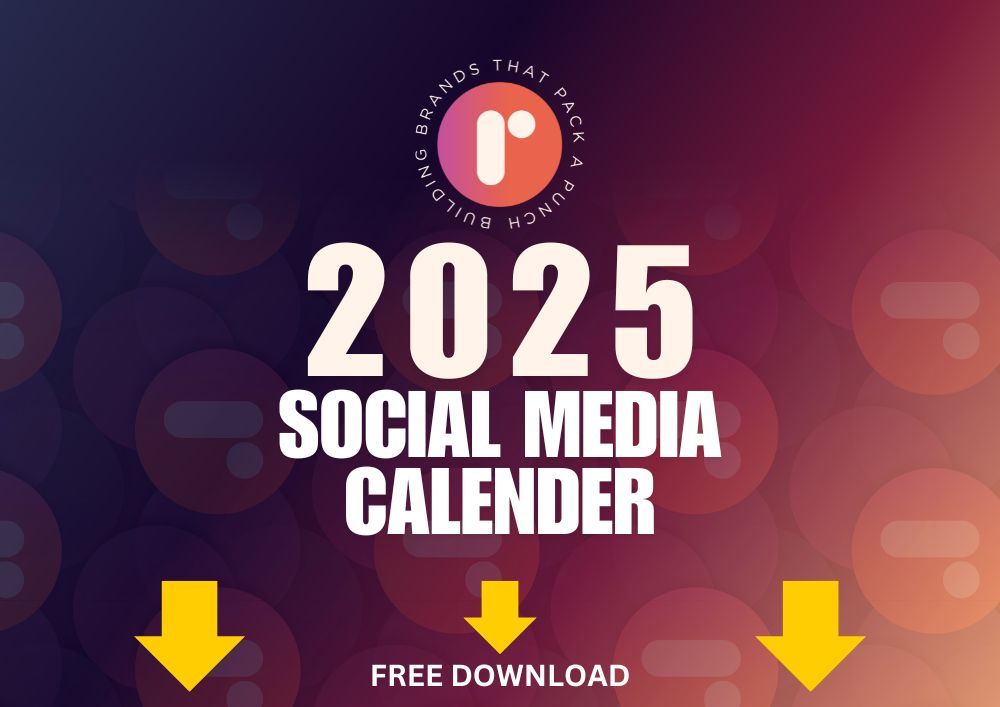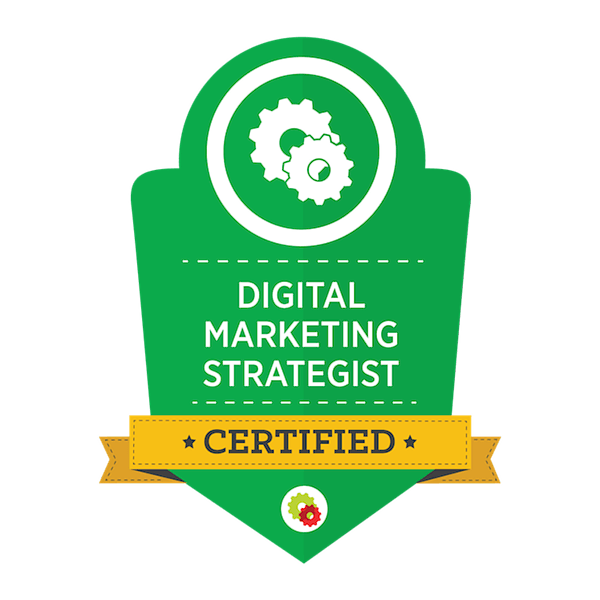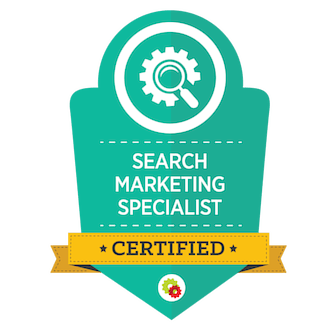4 Important Elements of Creating A Content Strategy
A content strategy is the backbone of any successful marketing campaign. It is a process that helps you to define your goals, find the right voice for your brand, and create content that resonates with your target audience.
A good content strategy ensures that you have a clear idea of what type of content you should be creating in order to achieve the desired results.
Guidelines for Branding
First and foremost, if you have a team of people collaborating on behalf of a brand, they all have to agree on what the brand is.
If you don't have a brand guide or official guidelines for how your brand needs to be represented, start by studying brands that are comparable to what you want to be like, regardless of sector or product, and take notes on what connects with you and what you can implement. Then, using this checklist, create documentation and staff education resources.
Objectives in Marketing
Your content strategy activities will have varied key performance indicators (KPIs) and metrics dependent on your business demands. You take one step ahead and establish appropriate metrics for various content categories. These might fall under one of the following categories:
- Content for performance marketing such as demand generation, direct response ads, and other promotional content that correlates with sales
- Content on brand recognition and customer perception
- Content for local market communication such as assets sharing with your distributors, retail partners, or local teams
Customer Persona(s)
Digital marketing is designed to reach individuals, whether a large group for a consumer brand or a smaller group with certain demographic or behavioral characteristics.
Create cheat sheet summaries for campaign usage or deliver to customer-facing teammates, based on the individuals and personas you want to reach and impact, backed up by research and data. These can include demographic factors such as:
- Age
- Gender
- Earnings per household
- Education
- Job Title/Role
- Location
- Relationship status
Along with cultural and behavioral characteristics such as:
- Fears
- Cultural repercussions
- Customer requirements
- Personal beliefs and objectives
- Preferences for media
- Purchasing roadblocks
Above all, attempt to unearth a unique insight about your target consumer that the rest of the industry ignores or undervalues. It'll frequently act as the creative spark behind a good content strategy or campaign approach. If you need help, you can contact us for content strategy services in Austin.
Market Research and Data
Customer insight is built on market research and data. This can include historical data, original primary research, or third-party data. You'll want to use a combination of all three in most circumstances.
Some of the informative (and unbiased) research comes from social listening and third-party sources, which can supplement interviews and internal analytics.
Creating A Cohesive Content Marketing Strategy
Finally, "content" isn't simply a marketing department or a creative agency role; it's the brand's lifeblood, a circulatory system that feeds internal departments and external audiences with the company's identity and important information.
Roundhouse Digital Marketing is a web design and marketing firm that assists small businesses in establishing and growing their internet presence. If you need
content strategy services in Austin, call us at (903)-570-3445.

Get Fresh Content From
Roundhouse Digital Marketing
About The Author:

Philip Ellis
Founder and CEO, Roundhouse Digital Marketing
My name is Philip and I am a web design and client attraction consultant. I specialize in helping contractors, roofers, home builders, and other local service-based businesses get more views, leads, and sales online.
With over 12 years of experience in the industry, I have the knowledge and skills to create stunning websites and effective digital marketing campaigns that drive results for my clients.












